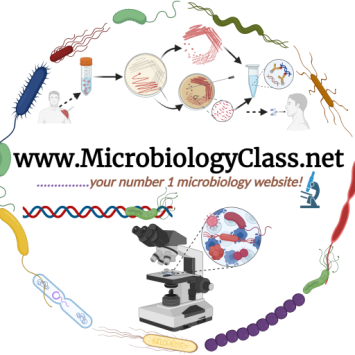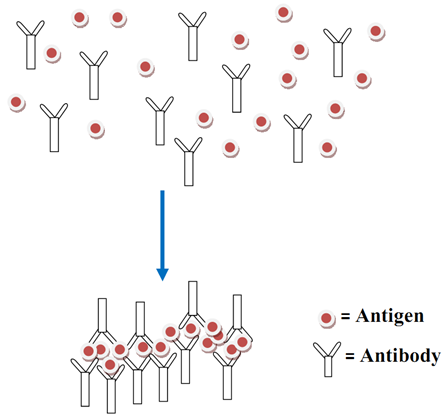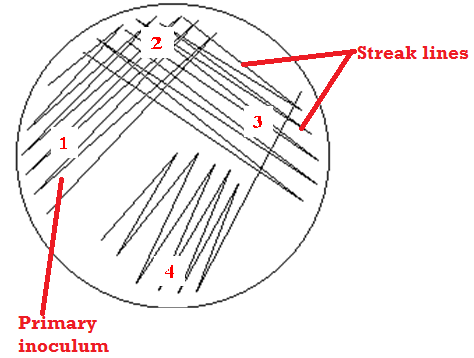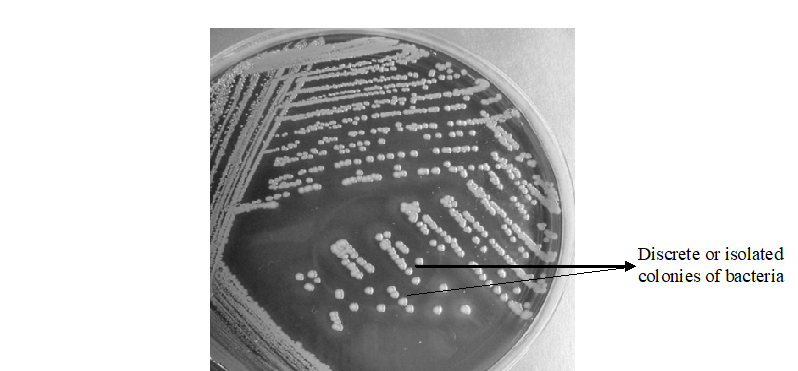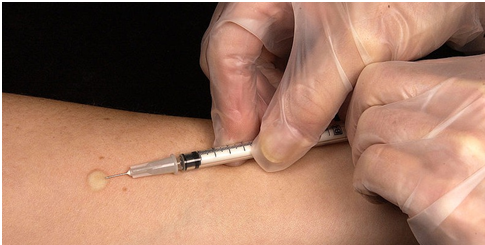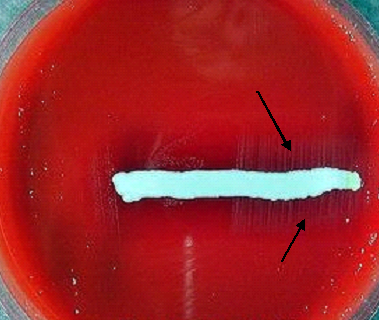PRINCIPLES OF FOOD HYGIENE: sources of contamination in food industries
Food meant for human and animal consumption must meet certain quality and safety criteria to be adjudged safe for consumption after production. And this is only possible if the production process follows certain guidelines which are all geared towards ensuring the safety and hygiene of the final product. Several factors affect the quality of food […]
PRINCIPLES OF FOOD HYGIENE: sources of contamination in food industries Read More »
Food Microbiology, Industrial Microbiology